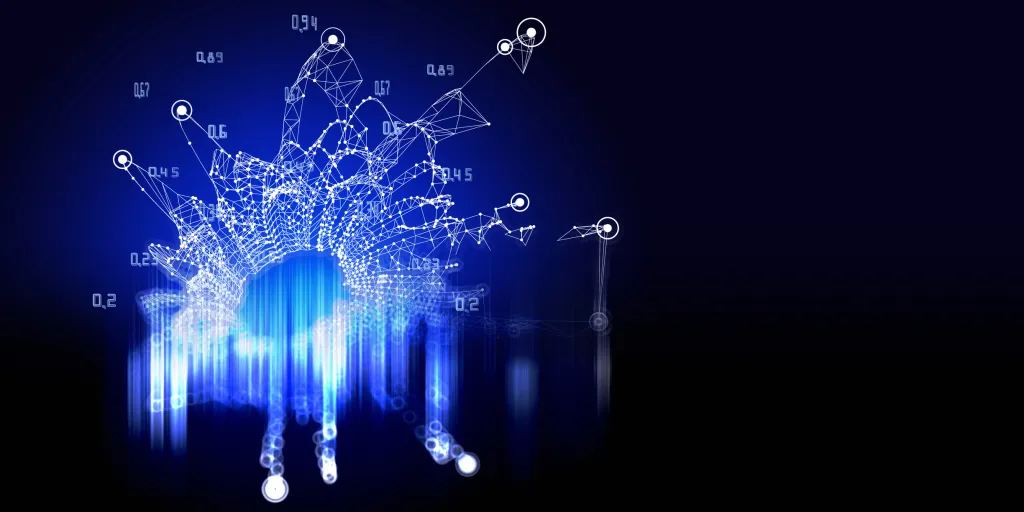Imagine playing a song and instantly getting the sheet music for it. That’s what Songscription is trying to do.
The new startup, Songscription, just launched a tool that uses AI to turn songs into sheet music within minutes. You can upload a file or even drop in a YouTube link — and boom, it gives you a readable music score.
It’s like Shazam, but instead of telling you what song is playing, it gives you the notes to play it yourself.
Built for Musicians, by Musicians
Andrew Carlins, the company’s CEO, is a musician himself — and also a student at Stanford. He says the idea came from a simple goal:
“We just want to make it easier and more fun for people to play music.”
Think of a high school band teacher in a small town who wants to teach students a song that’s not in any music book. With Songscription, they can upload the audio and get sheet music tailored to their band’s instruments and skill levels.
The tool is designed to help everyone from beginners to pros — whether you’re learning a new tune, writing your own, or just want to skip the hassle of transcribing music by hand.
What It Can Do (Right Now)
At launch, Songscription works best with piano music, but it already offers some useful features:
- Upload a song (or paste a YouTube link)
- Get instant sheet music
- See a piano roll version (great for visual learners)
- Edit the score to make changes or add parts
- Use a free plan, or unlock more features by upgrading
Even if you don’t read traditional sheet music, the piano roll view makes it easy to follow along.
What’s Coming Next?

The team isn’t stopping here. They plan to roll out support for:
- Guitar tabs
- Band and ensemble arrangements
- More instruments
- More transcription formats
In short, they want to turn Songscription into a go-to tool for anyone working with music, whether you’re on stage or in a classroom.
A Quick Look at the Tech Behind It
The AI model powering Songscription is based on research co-founder Tim Beyer did with scientist Angela Dai.
To train the AI, the team:
- Partnered with musicians to collect real performances
- Used public domain sheet music
- Created their own synthetic data by converting sheet music into audio
- Added background noise to make it sound more like real-world recordings
This helped the AI learn how to transcribe songs even when the sound isn’t perfect.
What About Copyright?
Songscription asks users to check a box confirming they have the rights to transcribe a file. But what if someone just pastes in a popular song from YouTube?
CEO Andrew Carlins says this is a bit of a gray area:
“If you’re allowed to listen to a song and figure out the notes by ear at home, using a tool to help with that doesn’t clearly break the rules. Still, we’re keeping an eye on it.”
Importantly, the tool doesn’t create new music or remix copyrighted songs. It just helps musicians work faster and more efficiently — something many have been doing manually for years.
Backed by Investors and Stanford’s Startup Community
Even though the company is just seven months old, it’s already picked up momentum.
- They’ve raised pre-seed funding from Reach Capital
- They’ve joined the StartX accelerator at Stanford
- Musicians, teachers, and hobbyists are already testing the platform
The company is still early, but the interest shows there’s real demand for smarter music tools.
Key Takeaways

- Songscription converts songs into sheet music in minutes
- Works with file uploads and YouTube links
- Great for beginners and experienced musicians
- Lets users edit and personalize sheet music
- AI was trained using both real and synthetic data
- Legal use is still evolving, but focused on learning and creativity
- Backed by Reach Capital and Stanford StartX
Final Thoughts
If you’ve ever wanted to play a song but couldn’t find the right sheet music — or dreaded the idea of writing it out by hand — Songscription might be the tool you’ve been waiting for.
It’s simple, smart, and built with musicians in mind. Whether you’re teaching, learning, or creating, it gives you a fast and easy way to turn sound into something you can read, play, and share.
